February 5, 2025 | 03:03 GMT +7
February 5, 2025 | 03:03 GMT +7
Hotline: 0913.378.918
February 5, 2025 | 03:03 GMT +7
Hotline: 0913.378.918
The Cat Ba house gecko was discovered and announced in 2008 based on standard samples collected at the Cat Ba Biosphere Reserve in Hai Phong city. According to a recent study, scientists have found that this reptile species is distributed widely on small islands in Ha Long Bay, Quang Ninh province.
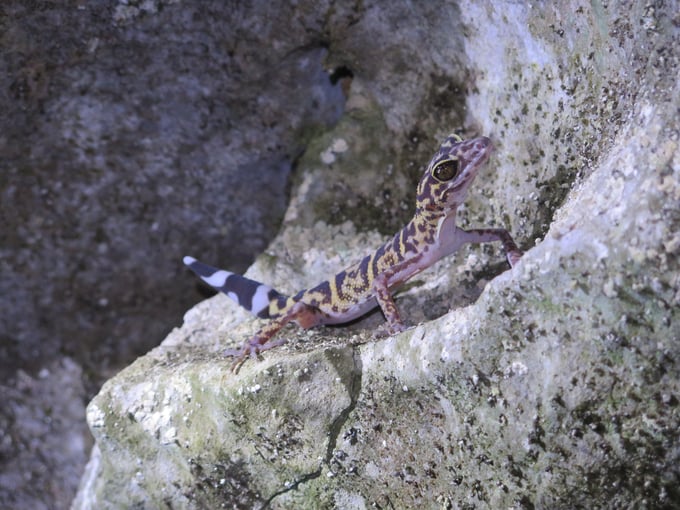
The Cat Ba house gecko is one of the 21 endemic species in Cat Ba National Park. Photo: Dinh Muoi.
According to a published scientific research, the house gecko is a species endemic to Vietnam, belonging to the gecko family. It has a slender, flat body, with a body length ranging from 84 to 111 millimeters. The back is brown with gray streaks, and the sides are dotted with multiple yellow spots.
The Cat Ba house gecko inhabits rock crevices and caves on mountain cliffs, with a narrow distribution area and a small population size. This gecko species was included in the IUCN Red List at the endangered level in 2016. The Cat Ba house gecko was included in the Government's Decree on the "Management of rare and precious forest plants and animals" and the enforcement of the Convention on International Trade in Endangered Species of Wild Fauna and Flora (CITES) in 2019.
With the aim of protecting and conserving the Cat Ba house gecko, the Cat Ba National Park organized research and proposed conservation solutions from November 2019 to October 2021. Accordingly, scientists assessed the population status, determined ecological and biological characteristics, evaluated threats, and proposed conservation measures for the Cat Ba house gecko.
Master Pham Van Thuong at Cat Ba National Park, the research team leader, stated that during the research process, the team, supported by scientists, conducted 15 survey routes. These routes included 6 routes in the forest area around the Cat Ba National Park headquarters, 2 routes in Viet Hai commune, 3 routes in Gia Cung area, 1 route in Dau Be area, 1 route in Tra Bau area, and 2 routes in Ang Ke area.
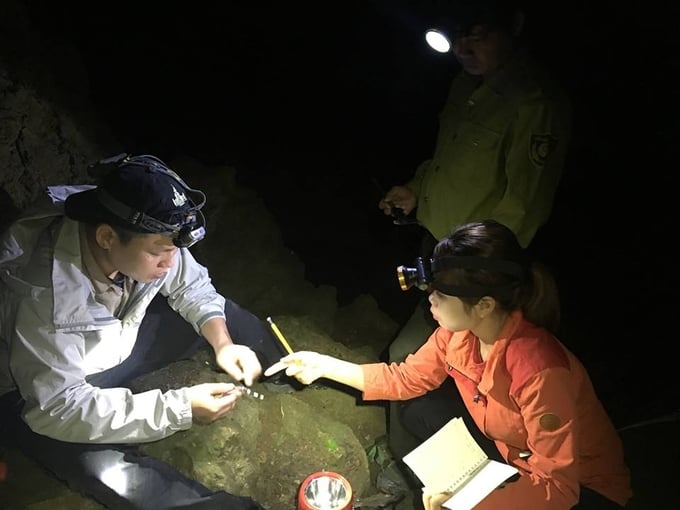
Scientists during a survey into the behavior of the Cat Ba house gecko. Photo: Dinh Muoi.
After two attempts of survey and on-site monitoring, researchers have documented 548 individuals of the Cat Ba house gecko. Accordingly, the forest area around the Cat Ba National Park headquarters housed 233 individuals, Gia Cung area housed 103 individuals, Ang Ke area housed 89 individuals, Viet Hai area housed 71 individuals, Tra Bau area housed 44 individuals, and Dau Be area housed 8 individuals.
The majority of Cat Ba house geckos were found on limestone cliffs, with a few on the ground and on tree roots or dry branches on the surface. Adult and sub-adult individuals prefer higher positions compared to juvenile individuals. However, the height of attachment positions among different age groups of Cat Ba house geckos showed no significant differences.
"The Cat Ba House Gecko can be sighted between March and October each year, with the number of individuals increasing between April and August, peaking between May and August," informed Master Pham Van Thuong.
According to Master Thuong, the research indicated that Cat Ba house geckos can be found more commonly outside of caves, and they reproduce between May and August every year. Their primary food sources are worms, dry branches, and cockroaches. This gecko species is more active in hot or humid weather, after the rain, and less active in cold or heavy rain, after storms. Their activity range is relatively narrow, and they tend to choose the same locations for attachment.

After two attempts of survey and on-site monitoring, researchers have documented 548 individuals of the Cat Ba house gecko. Photo: Dinh Muoi.
Due to its captivating beauty, the Cat Ba house gecko is currently being hunted for illegal pet trade and trafficked abroad. These activities directly impact the natural populations of the species.
"Based on research findings, the research team from the Cat Ba National Park has proposed several management measures to protect, conserve and utilize the gecko's value, preserve the gene pool, and protect the ecosystem. The Conservation and International Cooperation Department at Cat Ba National Park will continue to study the characteristics and behaviors of the house gecko, and conduct experimental breeding to understand key features of the Cat Ba House Gecko. After scientists identified this gecko species and determined it to be endemic to the Cat Ba Archipelago, it was recognized as a precious genetic resource requiring protection to safeguard the ecosystem," added Master Thuong.
Mr. Nguyen Van Thiu, Director of Cat Ba National Park, stated: "After over two years of research, in late November 2021, the research team at Cat Ba National Park successfully defended the project before the scientific council of Hai Phong City and received an excellent evaluation. Based on the contributions of the scientific council, the research team supplemented and improved the scientific report to serve as a basis for biodiversity conservation planning at Cat Ba National Park."
According to Mr. Nguyen Van Thiu, Director of Cat Ba National Park, the Cat Ba house gecko is one of the 21 endemic species in the park and was recently discovered species by scientists.
Based on their research, the team at Cat Ba National Park identified five main threat factors to the population and habitat of the Cat Ba house gecko: illegal hunting, trafficking, usage, climate change, uncontrolled tourism development, and habitat destruction.
Most notably, the issue of climate change poses the most serious threat to the existence of the Cat Ba house gecko, followed by threats related to illegal hunting, trafficking, usage, and uncontrolled tourism development.

Due to its captivating beauty, the Cat Ba house gecko is currently being hunted for illegal pet trade and sold abroad. Photo: Dinh Muoi.
It is essential to implement a species population monitoring program to track annual population changes and conduct experimental captive breeding to provide a breeding source for the future recovery of the Cat Ba house gecko.
Additionally, efforts must be made to conserve the natural forest habitat in priority conservation areas for the Cat Ba house gecko, including the areas around the Cat Ba National Park headquarters, Tra Bau, Ang Ke, Gia Cung, and Viet Hai.
Collaboration with local governments and management agencies is crucial to implementing programs and activities such as controlling the negative impacts of tourism, waste collection, minimizing burning, and electricity use in tourist caves where the Cat Ba house gecko resides. All night-time outdoor recreational activities should be strictly prohibited, and noise from singing and dining activities near caves should be minimized at homestays.
Furthermore, there is a need for public awareness campaigns to reduce the hunting and use of wild animals, especially in buffer zone villages. Communication channels such as radio broadcasts, banners, and posters should be used to educate the local population about the importance of wildlife protection. Information regarding sanctions and penalties for wildlife hunting and trafficking activities should also be disseminated.
In addition to the aforementioned measures, stakeholders should raise awareness within communities and among tourists through activities such as organizing small tour groups to priority conservation areas for the Cat Ba house gecko, with guidance and supervision from tour guides.
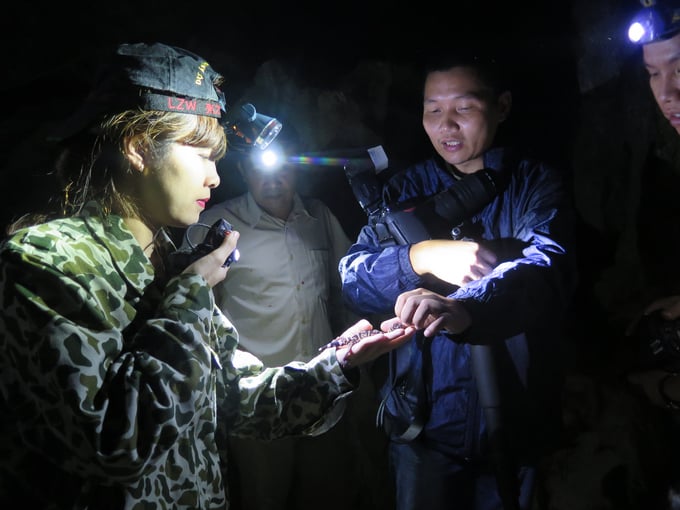
It is necessary to control the negative impacts of tourism activities on the living environment of the Cat Ba house gecko. Photo: Dinh Muoi.
It is crucial to control the negative impacts of tourism activities, erect warning signs, and promote environmental protection measures such as: No littering, no open fires, minimizing disruptive activities, and impacts on the natural habitat of various animal species along the ecotourism routes within Cat Ba National Park.
"Cat Ba National Park has prioritized the conservation of the Cat Ba house gecko along specific routes, including the central area of the park, Tra Bau area, and Gia Cung area, which will be prioritized for conservation. Following these, the Ang Ke, Viet Hai, and Dau Be areas will be addressed. Solutions must be implemented to protect the genetic resources in these areas as the number of Cat Ba House Geckos on the island is declining. The immediate solution is to enhance inspection, monitoring, and protection of the species and their habitat. Subsequently, safe measures for captive breeding in artificial environments are needed to maintain a breeding source for the future," shared Mr. Nguyen Van Thiu.
One of the pioneering scientists in the in-depth study of the Cat Ba house gecko is Dr. Ngo Ngoc Hai from Institute of Genome Research under the Vietnam Academy of Science and Technology. In 2016, Dr. Hai successfully defended his master's thesis on the research topic of the population, ecology, and conservation of rare endemic species, including the Cat Ba house gecko. In 2018, Dr. Hai completed his doctoral dissertation on topics related to genetic relationships, climate change assessment, distribution area prediction, etc., concerning species belonging to the Cat Ba house gecko genus in Vietnam.
Translated by Nguyen Hai Long
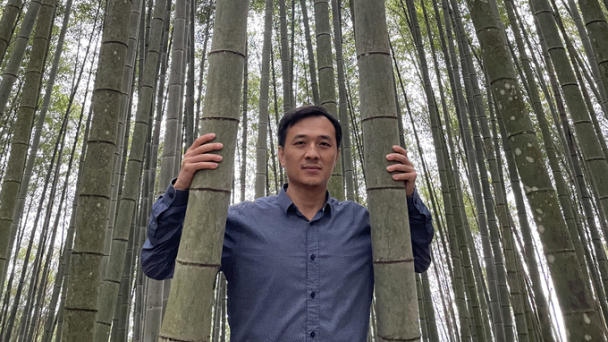
(VAN) For World Bamboo Ambassador and architect Nguyen Manh Tuan, bamboo is a timeless material, seamlessly blending with nature and woven into every moment of life. Vietnam Agriculture Newspaper is pleased to introduce his article.
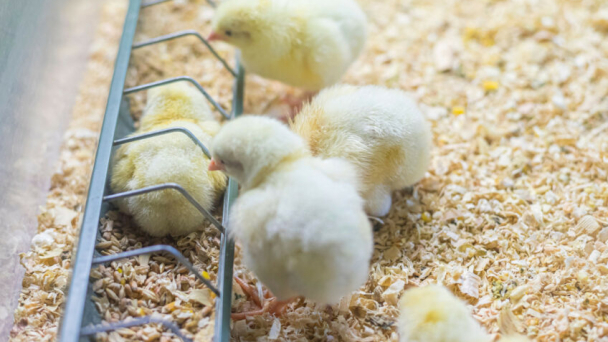
(VAN) Smart farming, including applications of artificial intelligence (AI), has the potential to improve farm animal welfare in many ways, but practically achieving this depends on a number of external factors.
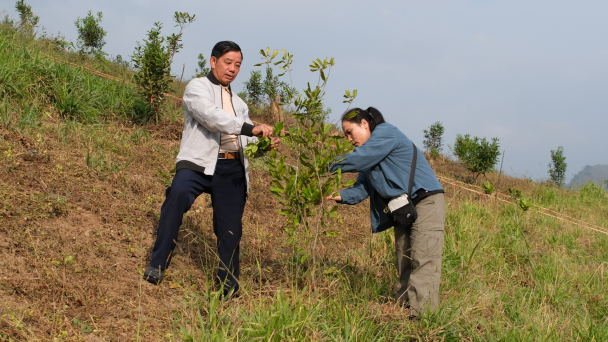
(VAN) With 75% of its cultivated land on steep terrain, macadamia farming in Tuan Giao district faces significant risks of soil erosion, underscoring the need for sustainable agricultural solutions.
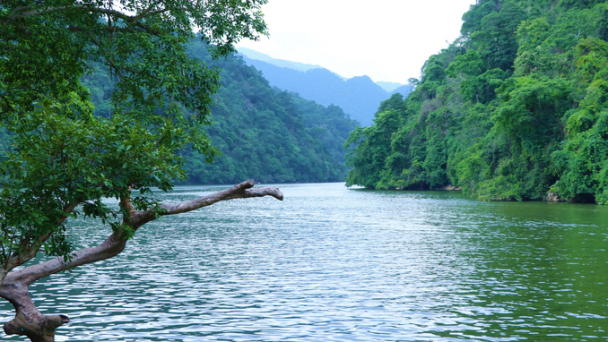
(VAN) Bac Kan province is set to mobilize over 1 trillion VND to implement the Ba Be National Park Eco-Tourism, Resort, and Entertainment Development Scheme.
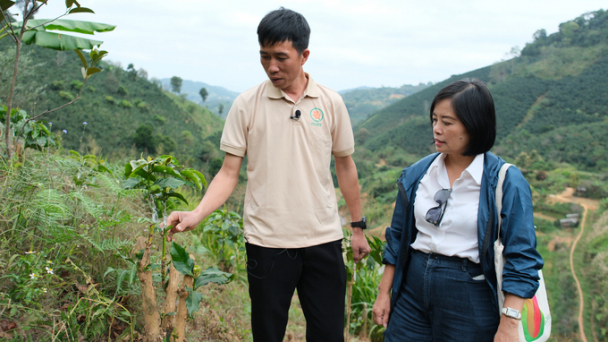
(VAN) Agroforestry models and grafting techniques are breathing new life into the Arabica coffee gardens of the Thai ethnic community in Mai Son district, Son La province.
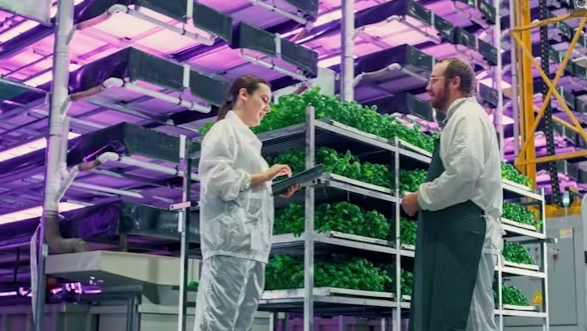
(VAN) Plant factories are failing, with multiple companies closing or going bankrupt in recent months. This includes the largest vertical farm on the planet, in Compton, Los Angeles.
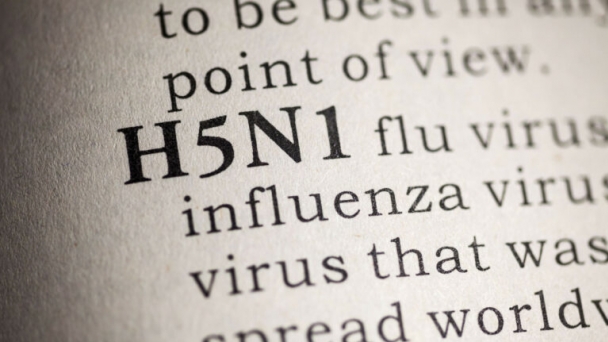
(VAN) The announcement comes as a protection zone was set up following an outbreak of highly pathogenic avian influenza (H5N1) in the Kirriemuir area of Angus, Scotland.